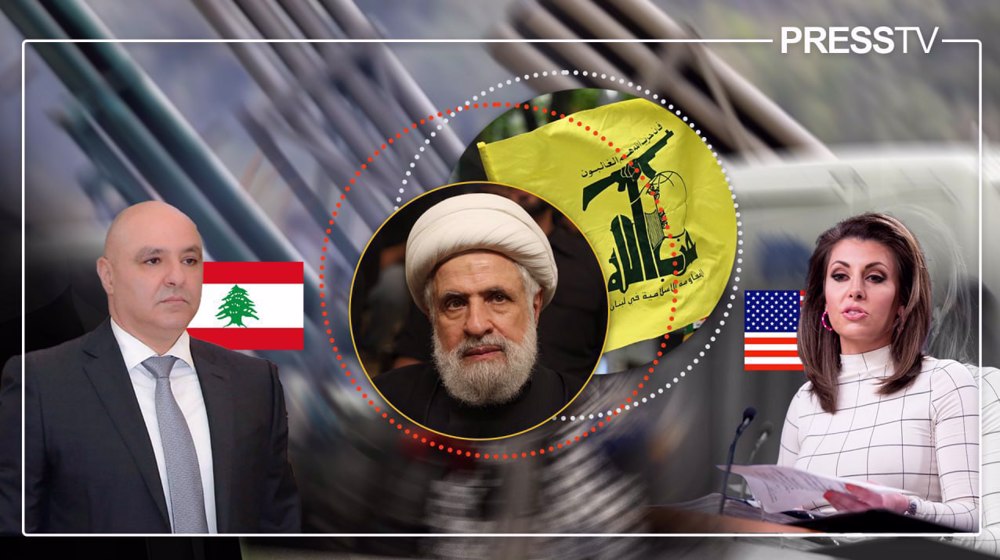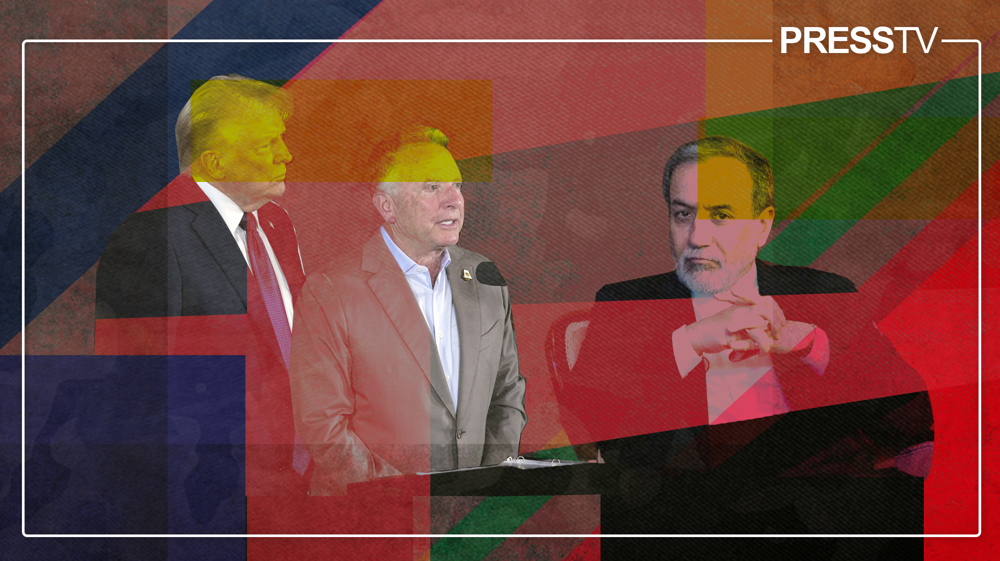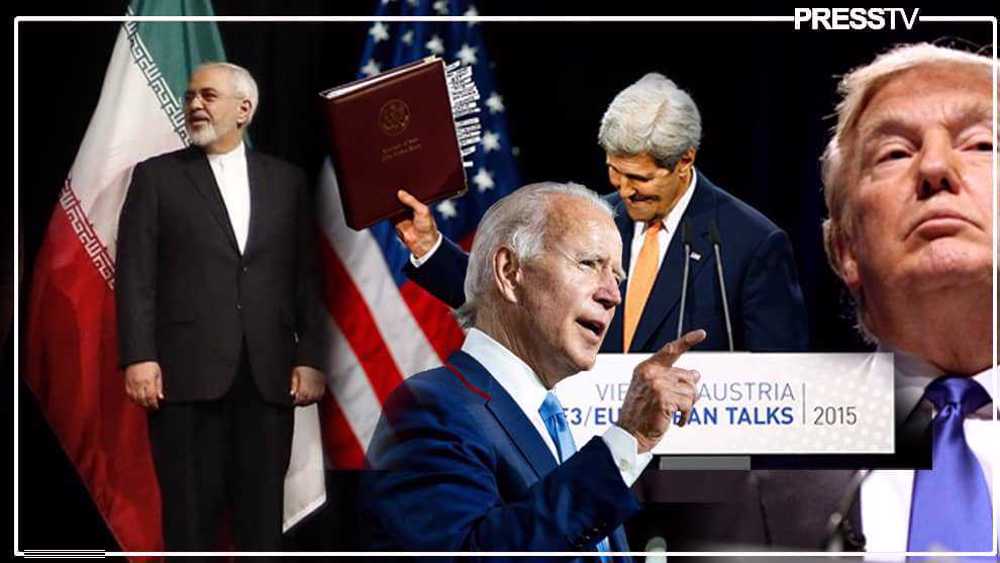Revisiting JCPOA: The other side of the table
By Mehdi Khanalizadeh
If Iran ever seeks to move towards nuclear weapons, there would be enough time to stop it. This sentence taken from the memoirs of former US president Barack Obama demonstrates the main reason why Washington is pursuing the nuclear talks. This is where Obama explicitly introduces the 2015 Iran nuclear deal — formally called the Joint Comprehensive Plan of Action (JCPOA) — not as a tool to control the threats being posed by Iran but rather to limit Tehran’s deterrence power in the face of possible measures by the Western side.
This strategy, along with the Iranian side’s positive view of the White House’s nuclear approach under Obama and the need for change in the country’s economic situation, eventually led to the signing of the JCPOA, an agreement that was supposed to make the United Nations and the US administration ease the anti-Iran sanctions in exchange for a halt to some of the most fundamental aspects of Iran’s nuclear industry.
One of the main pillars of the JCPOA was the mutual positive attitude of the parties involved; the Iranian side described the approach of the Democrats at the White House to Iran’s economic benefits from the nuclear deal as “gentle” and “soft,” and the White House residents were sure that there would be no accountability for US reneging on its promises as long as the Moderates remained at Iran’s presidential office.
This pillar, however, was suddenly faced with the ax of the 2016 US presidential election, where Donald Trump defeated all opinion polls and predictions as well as his rival Hillary Clinton and entered the White House as the 45th president of the United States.
With this change in the US political structure, Washington — which had not yet taken any concrete action to honor the JCPOA under Obama and had only tried to keep Iran satisfied through lip service and media propaganda — abandoned the “speech therapy” strategy and imposed new tough sanctions on Iran in addition to official withdrawal from the JCPOA.
Since July 14, 2015, when Iran and the P5+1 group of countries officially declared the JCPOA had been finalized, the international agreement has verged towards total collapse on two occasions.
The first time was on May 8, 2018, when the then US president appeared in front of cameras and put his famous signature on the text of Washington’s official pullout from the JCPOA, a signature that could have suffocated the three-year-old deal, but it did not.
Despite the US administration’s official pullout from the JCPOA, Iran continued to implement the agreement with a hope that the European parties would cooperate to keep the deal in place until Trump’s term came to an end.
Projects such as the Instrument in Support of Trade Exchanges (INSTEX) were also floated as prescriptions for the transition period. Even though they ultimately failed, leaving Iran with no option but to scale back its JCPOA commitments, they achieved a clear result: the deal survived, albeit in a vegetative state.
Now, as a new administration is taking office in Iran, the nuclear deal has, for a second time, found itself stranded between life and death. The controversial 2020 US presidential election pushed Trump out of the White House, and the effects on the JCPOA are only now becoming noticeable. Iranian President Hassan Rouhani’s negotiating team at the Vienna talks, led by Seyyed Abbas Araqchi, has come up with a final model, which seems to be the only plausible way out of the current stalemate.
What can be inferred from US media reports as well as comments made by Iranian officials is that Washington has reached a point as to agree to remove certain sanctions, including some of the major and effective ones, and has even approved of certain international attempts to ignore the bypassing of sanctions by Tehran.
On the other hand, the American negotiating team adamantly insists that a number of sanctions remain in effect, and that the talks move toward non-nuclear issues.
In general, the White House’s final approach vis-à-vis Iran’s 2015 nuclear agreement can be summarized in three points:
A) Removal of about 70% of the JCPOA-related sanctions as well as those imposed under Trump
B) Keeping in place nearly 30% of the JCPOA-related sanctions
C) Emphasizing the conditional revival of the JCPOA for further negotiations on non-nuclear matters
The American side has been placing special emphasis on the need for continuation of talks in other spheres as part of an attempt to appease Republicans in Congress and prevent them from vetoing any possible agreement.
As pointed out by many political experts and commentators, a revival of the JCPOA would certainly be an achievement for the administration of Joe Biden but not at the cost of locking horns with hawkish and influential Republican members of Congress. That is the logic based on which the White House plans its cost-benefit strategy for the JCPOA revival.
But from the point of view of senior political officials and analysts in Iran, Washington’s decision to simply return to nuclear deal will not alleviate the sufferings that the Iranian nation has endured as a result of US criminal actions, and Washington needs to prove its permanent adherence to the terms of the deal by fulfilling its commitments.
This is the strategy that Leader of the Islamic Revolution Ayatollah Seyyed Ali Khamenei mapped out a few months ago, and can be summarized in the following points:
A) Complete removal of JCPOA-related sanctions and its verification by Iran
B) Complete removal of the sanctions imposed by the Trump administration
C) A formal and international commitment by the Biden administration that the White House will not withdraw from the deal again
Iran’s demand that such a strategy be adhered to is out of concern that the situation surrounding the deal since the 2018 US withdrawal might repeat itself. Because any change in the US administration could easily distort its commitment to the deal, which has been simply demonstrated in words and not actions.
This is of paramount importance given the fact that the Democratic Party does not enjoy enormous popularity in the American society at present, and it is very likely that Republicans can garner an overwhelming majority in the 2022 Senate elections. This would provide the US government with an an opportunity to disrupt the actual implementation of the JCPOA.
Iran seeks a revival of the JCPOA, but not at the expense of getting stuck in an imminent impasse again. This is the logic based on which Iran plans its cost-benefit strategy for the JCPOA revival.
The fate of the Iran nuclear deal would probably be sealed within the next two or three weeks. Obviously enough, Washington is the party that is more in need of reviving the JCPOA than Tehran. The incoming Iranian administration — contrary to what the Biden administration is dealing with in the US — is starting its work in a positive atmosphere and with public support, and any decision made with regard to the deal would entail lesser consequences for the Iranian side than for the Americans.
Khanalizadeh is a researcher in the field of international relations.
(The views expressed in this article do not necessarily reflect those of Press TV.)

No to capitulation: Hezbollah’s arms are Lebanon’s shield against occupation

Iran-US talks: Trump, sanctions and the mirage of a durable nuclear deal

Cases of Esfandiari and Hazamy: France’s quiet war on Muslim, Iranian, pro-Gaza voices
IAEA director speaks with Araghchi about Iran-IAEA cooperation
US airstrike on Yemeni capital kills 8 people
VIDEO | Iran multilayered diplomacy
VIDEO | Press TV's news headlines
Iran more than halved its power grid losses to 10% in 16 years: Expert
Abbas names likely successor in move deemed ‘illegitimate, divisive’
Illegal Israeli settlers attack Palestinian school in occupied West Bank
VIDEO | Israeli forces tighten siege on Jenin refugee camp







 This makes it easy to access the Press TV website
This makes it easy to access the Press TV website